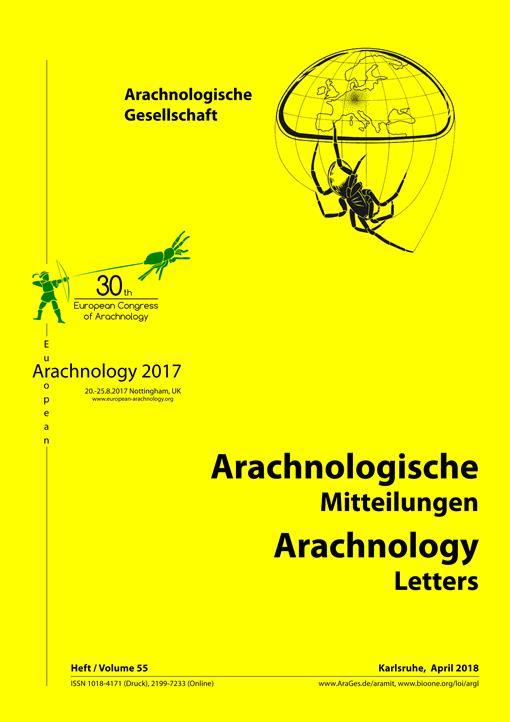The final instar larvae of the koinobiont ectoparasitoids in the Polysphincta group of genera induce their host spiders to construct webs that protect the wasp pupa during its development. It has been hypothesized that changes in structure and design in the cocoon web correlate with the duration and characteristics of the normal web. Kapogea cyrtophoroides (Araneidae) construct long-lived, strong normal webs; the cocoon web induced by Hymenoepimecis heidyae (Ichneumonidae) is nearly identical to the normal web, providing support for the hypothesis. The larva constructs its cocoon in the centre of the host's dense web, connecting it to the spider web and following the same behavioural pattern of construction described for other wasp species in the same group. The behaviour induced in the spider as well as the cocoon construction is very stereotypic, and consistent with other species, but modifications in the cocoon web seem to be strongly determined by the characteristics and design of the spiders' normal web.
How to translate text using browser tools
30 April 2018
When a little is enough: cocoon web of Kapogea cyrtophoroides (Araneae: Araneidae) induced by Hymenoepimecis heidyae (Ichneumonidae: Pimplinae)
Gilbert Barrantes,
Laura Segura-Hernández,
Diego Solano-Brenes,
Paul Hanson
cocoon construction
cocoon webs
Ectoparasitoids
host parasitoid interaction





